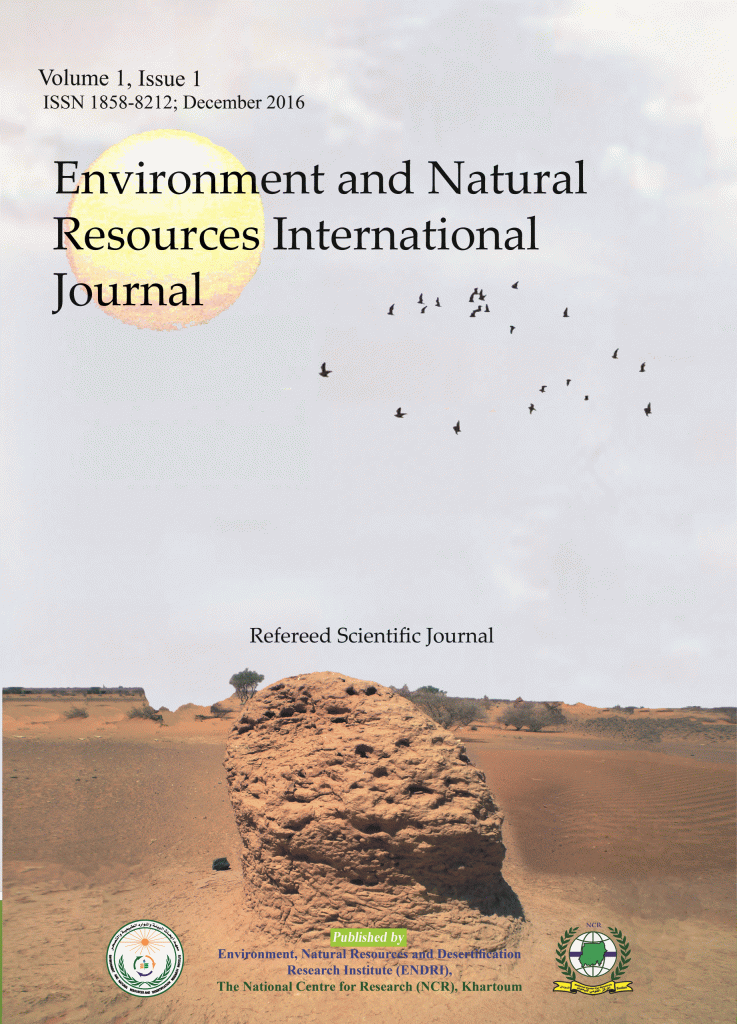(77-84) Karrar et al (2016) Length-Weight Relationship and Condition Factor of Nile Tilapia [Oreochromis niloticus (Trewavas)] from White Nile, Sudan

Abeer Mohammed Hassan Mohammed Karrar1*, Manal Mohammed Elhassan Awad Elkareem2 and Abdel Karim Sabir Ali3
1Environment, Natural Resources & Desertification Research Institute, National Centre for Research, P.O. Box 6096, Khartoum, Sudan
2Department of Biology and Biotechnologies, Faculty of Science and Technology, Al Neelain University, Khartoum, Sudan
3Department of Environmental Sciences, Faculty of Science and Technology, Al Neelain University, Khartoum, Sudan;
*Corresponding author, E-mail: abeer_karrar@yahoo.com, Mobile: +249912117026
Accepted: 1st December 2016, Published: 31st December 2016
Abstract
The aim of this study was to investigate the length-weight relationship and condition factor of the Nile tilapia (Oreochromis niloticus) in the White Nile River, taking into consideration the seasonal changes and the effect of age, sex and maturity stage of fish. Fresh fish samples used for the study were collected from the White Nile at Al Shagara and Al Kalakla areas south of Khartoum, Sudan. Sampling was carried out twice a month for twelve months, during the period 2012-2013. For each fish, both total length and total weight were measured, then fish were sexed, and their age and maturity stages were recorded. The length-weight relationship and condition factor were calculated. The results showed that there was a significant correlation between the total length and total weight of O. niloticus (r =0.9811, and r2 = 0.9626). During this study O. niloticus have shown positive allometric growth pattern, the growth coefficient equals 3.0703. Statistical analysis of data revealed significant effects of season, age, sex and maturity stage (P<0.05) on the condition factor of O. niloticus. The calculated condition factor (1.5584) indicated that the environmental conditions of the White Nile in the study area were suitable for O. niloticus growth, since fish investigated throughout this study were proved to be in good health.
Keywords: Fish growth, populations, wellbeing, seasonal changes, environment.
